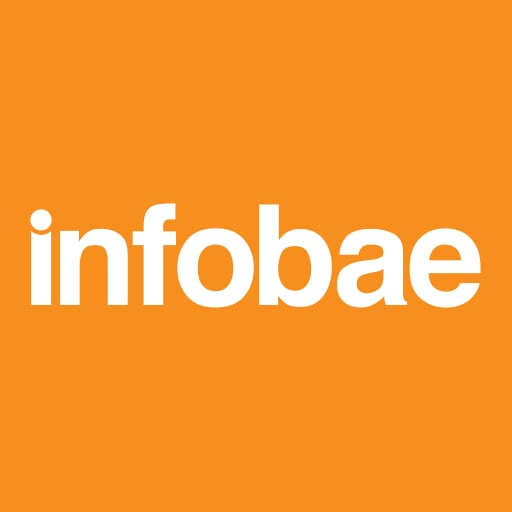MADRID, 8 (EUROPA PRESS)
New research has mapped out for the first time how hydras, tiny aquatic animals, can regenerate their own heads by changing the way their genes are regulated.
Hydras belong to the group of animals that consists of about 10,000 species divided into two large groups: Anthozoa (formed by sea anemones, corals and sea feathers) and Medusozoa (sea wasps, jellyfish and hydras). Hydras, which live in temperate and tropical regions, are believed to be biologically immortal as the stem cells of hydras have unlimited capacity for self-renewal.
Regeneration of the whole body occurs in a few animal species. The extent to which the genes and genetic regulatory networks that drive regeneration vary from species to species has not yet been studied. Scientists still don’t understand the mechanism that drives hydra head regeneration.
Evidence of regulation by multiple developmental pathways has been found in previous studies. Researchers have found several genes associated with head regeneration.
To understand the rudiments that control hydra head regeneration, the researchers in the new study first identified 27,137 elements that are active in one or more sections of the body of the organism or regenerating tissue.
They used ChIP-seq histone modification, a method used to analyze how proteins interact with DNA, to identify 9,998 candidate regions for proximal promoters and 3018 candidate regions for enhancer, respectively.
Their research, published in Genome Biology and Evolution, shows that a subset of these regulatory elements remodels during head regeneration and identifies a set of transcription factor motifs that are enriched in activated regions during head regeneration. These enriched motifs include developmental transcription factors.
This work identifies for the first time the specific candidate regulatory elements of the genome that change during the regeneration of the hydra head, which determine how organisms develop by turning genes on or off as needed.
“An exciting finding from this work is that hydra sprouting and head regeneration programs are quite different, highlights the paper’s lead author, Aide Macias-Muñoz.
“Although the result is the same (a head of hydra), gene expression is much more variable during regeneration – he adds -. Dynamic gene expression is accompanied by a dynamic remodeling of chromatin in the places where the developmental transcription factors. These findings suggest that developmental enhancer complexes were present prior to the division of Cnidaria and Bilateria. ”





